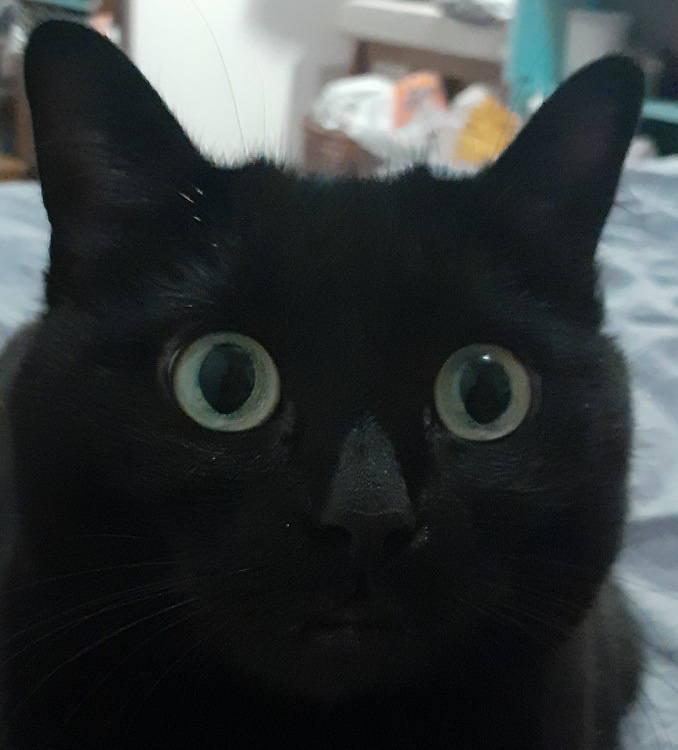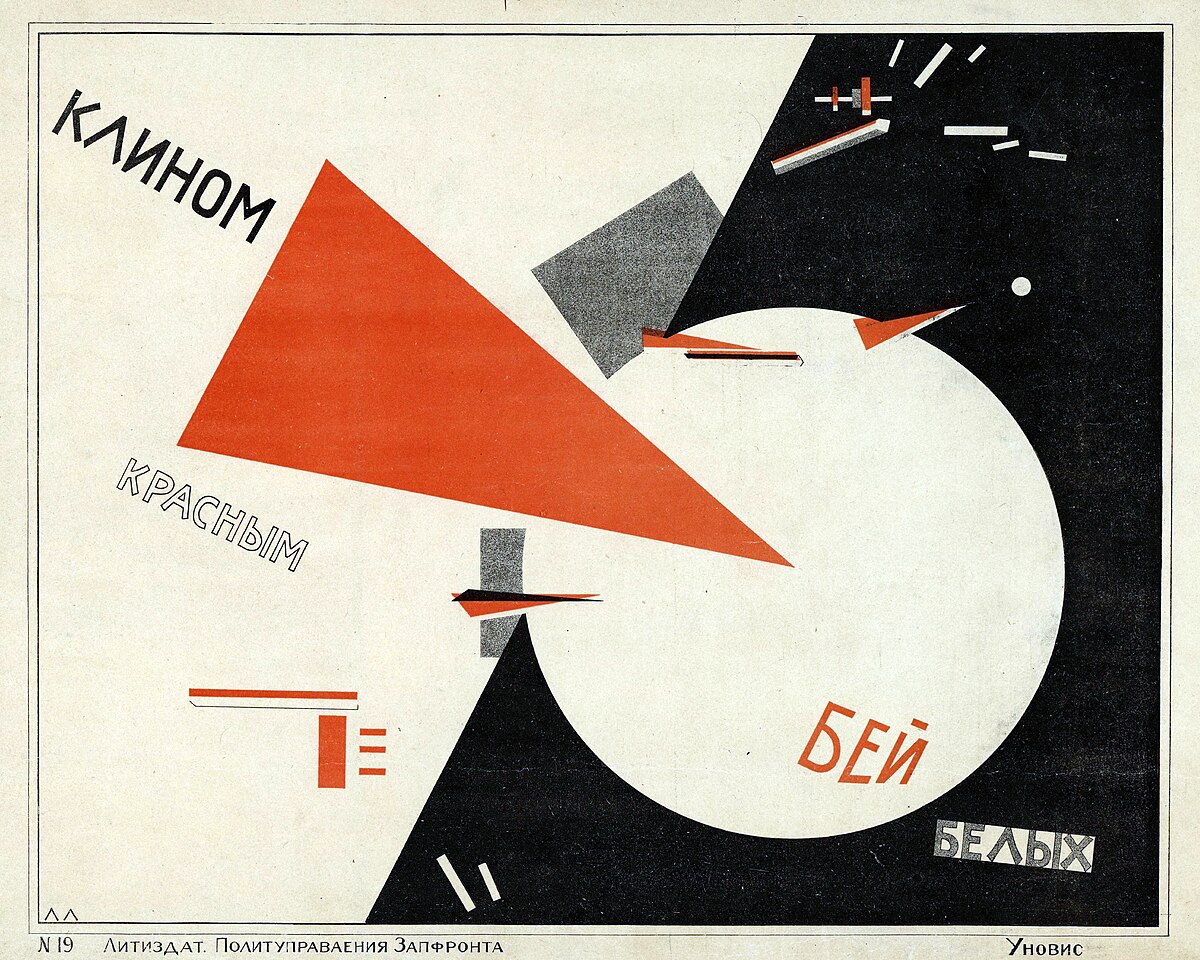By 1,500 BCE, Egyptians were using sundials to divide the period of daylight into 12 segments. One explanation for their choice of 12 comes from their recognition there are about 12 lunar cycles (new moon to new moon) per year, which is also the reason most early cultures divided the year into 12 or 13 lunar months of 354 or 384 days.
A more entertaining possibility suggests 12 stemmed from the number of joints on the four (non-thumb) fingers of one hand.
12 is also a pleasing number in how many ways it can be evenly divided into equal groups.
Not suuper useful for time though, honestly
Would be nicer if we had an overall base-12 number system
If we had a base 10 hour system, how would you split it into three shifts?
You just divide 10 by 3. That’s elementary school math.
6 hours 40 minutes?
7 hours with a 20 minute lunch?
I dunno, we’d make it work lol
Interesting, thanks for sharing!
A more entertaining possibility suggests 12 stemmed from the number of joints on the four (non-thumb) fingers of one hand.
Well now I’m conscious of all the joints in my non-thumb fingers.
You can easily count to 12 with just one hand, and you can count to 60 with both hands, in the babylonian style, by using the finger segments.
the clock and the AM/PM system makes much more sense when you count from 0.
0am 1am 2am 3am … 11am
0pm 1pm 2pm 3pm … 11pm
instead of:
12am 1am 2am 3am … 11am
12pm 1pm 2pm 3pm … 11pm
the ancient people that invented the clock were programmers all along??
you may find comfort in knowing that in a mathematical sense, its reasonable to say 12am=0am.
this is because 12 hour clocks use modular arithmetic. doing arithmetic modulo 12 is basically the same thing as doing normal arithmetic with the whole numbers, except you add in the rule 12=0. for example, modulo 12, we have 15 = 3 + 12 = 0 + 3 = 3. (this explanation of modular arithmetic comes from viewing it as “normal addition” in a quotient ring.)
This, basically a lot of things were based on 12 in the olden times. But since the French were against everything British, including their imperial system they based their metric system on base 10. I heard there were even clocks in France that had only 10 hours
12 hours can be evenly split into halves, thirds, fourths and sixths, but naah, apparently is better to only have ten to split it into halves and fifths (who uses fifths anyway) is better right?
You can split ten by any number you wish. That’s the beauty.
I mean, that’s the argument for feet vs meters lol
It has nothing to do with French. The decimal digit notation was invented in ancient India, then it got adopted by the Arab world and finally reached Europe in the 10th century. But even before so called Arabic numerals ancient Romans were using decimal system as well and their Roman numerals are also based on decimal system.
Thus people all over the world agree that the decimal system is superior, since the ancient times.
There was decimal time, with 10 hours of 100 minutes, and a prototype of metric time, with the day as the base unit.
It’s probably that way because the system of time predates the invention of zero as a concept by a millennia or two.
Everyone here assumes that midnight=12a.m. is valid everywhere but in a lot languages this is not the case (German and French just to name two). So maybe this is just something weird English speaking people do…
You’re making me want to make a new clock that has a 0 at the top and a 23 to it’s left.
I’ve seen it before (well i think it was 24, not 0), but 24h analog clocks are a thing
Becasue there was no one inventor of the clock.
12 hours of daylight existed (ancient Sumer) about 4,000 years before the modern clock (medieval Europe)
Even when clocks were invented, it was hundreds of years before they also showed minutes, and another hundred or so years before they showed seconds.
Soon we will have milliseconds
We have had clocks with the accuracy to display fractions of a second for about 120 years (pre-WW1 stop watches were accurate to the 1/10 of a second) and milliseconds for about 50 years but there is no real use as the second is the shortest practical amount of time the vast majority of humans need in their daily lives.
Day doesn’t start at 12, it ends at 11:59 before turning back over to 00:00
Personally I’d argue for base 36 time!
36 hours, each consisting of 36 minutes, each consisting of 36 seconds.
Lets you treat time as a 0-Z number with two decimal points, the day ends at Z.ZZ at night, plus base 36 is SUPER conveniently divisible, which jives really well with how most folks actually consider how much time they need to do whatever or what time it is.
That is a very brave and very odd system you are reccomending, I respect it and absolutely hate it
This was one of many things the French fixed with their revolution but was cruelly taken away by the reactionaries. Decimal time
VIII. Each month is divided into three equal parts, of ten days each, which are called décades… The day, from midnight to midnight, is divided into ten parts or hours, each part into ten others, so on until the smallest measurable portion of the duration. The hundredth part of the hour is called decimal minute; the hundredth part of the minute is called decimal second.
…cruelly?
Very much so
Funniest teardown of it I’ve ever seen: https://m.youtube.com/watch?v=0QVPUIRGthI
Sure, let’s make a 24 hour clock and cram everything on there, that will be easy to read from across the room for sure 😏
i was curious and it actually doesn’t look that bad
https://angola.desertcart.com/products/50005975-great-gadgets-1858-24-hour-clock
It looks irritating to read time in the distance pic with the woman standing next to it.
My wristwatch uses a similar dial. You can learn to read it like you can learn anything with exposure.
I find it annoying that it has a 24 instead of a 0, and that it’s at the top instead of the bottom.
I carry a clock in my pocket at all times. Sometimes it makes a weird ringing sound for a bit and weird numbers show up on the clock screen. It scares me every time.
What’s the problem exactly?

This system was made by sexagesimal gang
sounds kinky :P
Like it was smarter to write in base 10, multiples of 12 such as 60 and 24… * roll the eyes *
elaborate
Sure.
The way we mesure time around one day is in multiples of 12.
There is 24 hours a day. 12*2
And at many occasions, especially in english, we will count in half days of 12 hours each. We’ll say that it is 3 (p.m) not 15 o’clock.Then, there is the minute, 60 of them in an hour and 60 seconds a minute. 60 is 12*5.
Which means that for every twelfth of 60, you have 5, minutes or seconds.Now, what is a clock?
We have a circle representing a unit of time.
A pointer showing us how much of the unit is past and how much is left ; that’s the clock hand. It circles fully in one unit of time.This clock is perfectly suitable for any unit of time and any division of this unit.
You can even read already that you are a quarter or a half past the beginning of the unit or a quarter before the next one. Just look for right angles with your desire point of departure for the unit.So the clock, as simple as a blank circle and a clock hand, is already a very clever tool to mesure time.
Let’s adapt it to our need to read time at the scale of half a day.
At the scale of half a day, we will use :
- hours and their subdivisions,
- minutes and their subdivisions,
- seconds.
We could go further, but the common clock don’t do it. It’s why we use words such as timer, chronometer and stopwatch to talk about more precise tools.
Starting with hours.
We first need to have a hand that circle in half a day, our unit.
We’ll portion our circle into twelfths. That’s convenient as 360, the number of degrees in our circle is a multiple of 12. Our portions will be of 30° each.
By convention, we will number a twelfth with a digit placed at the end of the portion; starting at portion #1, the numbers go up to 12. It better than starting the numeration at 0, because our languages (at least mine) can use 0 to represent midnight, the end of one of the halves of the day but not noon, the end of the other of the halves of the day.A twelfth of half a day is called an hour.
We have successfully represented the hours on our clock.So we have the hours but what about their subdivisions?
Our unit of time is now of an hour.
That’s what represent the full circle.
The right angles for our desire beginning marks the quarters and half of hour already. We will need a second hand that circle fully in one hour but we can use the same circle. So, we can read the twelfths of the hour without making any change of it.Remember, the number does not tell you about minutes. We don’t care about minute for now.
We don’t even now what a minute is! We haven’t defined it.So we have twelfths of hour. By convention, we will take the digit 12 as departure for our clock hand. This way, the twelfths of hour are numbered.
Twelfths of hour are convenient to find broader portions of hour that we didn’t mark. For example, a third of an hour is 4 twelfths. So the number multiples of 4 on our clock (4, 8 and 12) portion the thirds of hour.
The twelfth of the hour is also an interesting unit of time. But somehow, we always call it five minutes, never “twelfth of hour”.
It is time to define the minute as a sixtieth of an hour.
This subdivision of hour is wildly use and we may want to mark it on our circle.
Some clock don’t have such marks, like the one described by LlamalnaTux. But many do, so we will add them. Starting, by convention, at the 12 digit. After ever portion that is a sixtieth of our circle (every 6°), we will add a mark, a line for example. Of course, every five portions, we’ll find a digit. We don’t need to add a line to mark what the digit already marks.We have successfully represent the minutes on our clock.
To finish, we want to read the subdivision of a minute.
That’s optional. Many clock don’t go that far but it is not an uncommun feature and it we’ll be quick.
Our unit of time is now the minute.
That’s the meaning of the full circle and the time that takes our last hand to go back to departure.Thanks to the technics and mark we have already, we can read :
- quarters and half,
- thirds
- twelfths
- and sixtieths of a minutes.
Let’s defined the sixtieth of a minute as a second and the twelfths of a minute as five seconds and our clock is complete.
An analogic clock is a superior tool to a digital clock.
The clock we have design use three hands, and 59 marks to mesure the time at the scale of half a day in 9 different units – not counting the half, quarters and thirds of half a day. It is precise to the second. Actually, even more as the mesure is continuous: it’s our reading that is not more precise.
A digital clock will use the arabic numerals to write time.
It will need 6 digits to represent time to the second. The number shown will range between 000000 and 125959. Leaving every combinaison between 125960 and 999999 useless.Only one dimension of the time is represented, a very complicated one at that : a number of hours added to a number of minutes added to a number of seconds. No quarter, no half, no third, no twelfth, no sixtieth of anything!
And we are losing what is most interesting about the arabic numerals system :
We can’t actualy add up seconds to minutes to hours. So we have to keep them in sequence. Why choose then a positional notation? That’s one of the great strength of the arabic numeral system but it is completly useless in this context.
The other interesting part of the arbic numerals, is the base ten. We use ten symbols, the digits (0,1,2,3,4,5,6,7,8,9) to write every number possible. Ten is a good base, it’s our finger number but it is not how we count time. We count time in base twelve!So to count hours in half a day, minutes in one hour or seconds in a minute, one digit is not enough, two is too much.
That’s why in the range of 000000 and 125959, many numbers will never be used such as 006512 or 113299. And deciding to represent the full day rather that a half exacerbate the problem of unuse numbers within the range.And the clock is innocent of the faults of Coordinated Universal Time and Greenwitch Mean Time.
A clock can be use with solar time as easily as it can with Coordinated Universal Time. Also, not every place in the world has 12 hours of day time and 12 hours of night.
The day starting at 1 is much, much, dumber than a 12 hour clock.
deleted by creator
Okay so the inventor of the clock had ADHD and hyperfixated on time measurements. What’s your point
Who said anything about ADHD?











